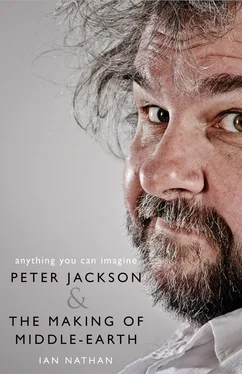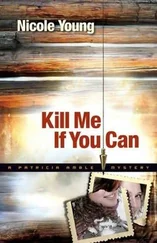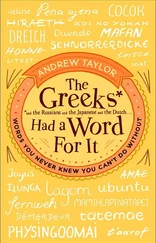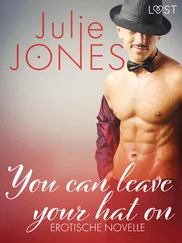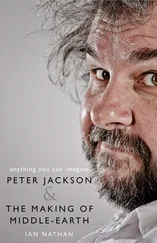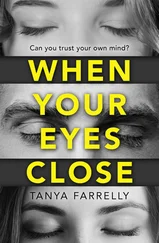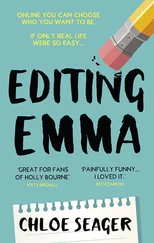‘I had known Peter as a human being for a long time. I had a conviction about him on a human level, about his stamina, about his brilliance. Not just his creative brilliance, his strategic and intellectual capacities to manage something so huge and with so many parts. And that gave me a certainty.’
CHAPTER 4 4: Words and Pictures 5: Concerning Hobbits 6: Heavenly Creatures 7: Jamboree 8: Miramar’s Mecca of Merry Souls 9: Proof of Concept 10: The Monsters and the Critics 11: To the Edge of the World 12: Junkie 13: MASSIVE 14: Return to the Edge of the World 15: The Music of Middle-earth 16: King of a Golden Hall 17: Legacy of the Ring 18: There and Back Again 19: Augmented Reality Afterword Picture Section Footnotes Bibliography Index Acknowledgements Picture Credits About the Author Also by Ian Nathan About the Publisher
Words and Pictures 4: Words and Pictures 5: Concerning Hobbits 6: Heavenly Creatures 7: Jamboree 8: Miramar’s Mecca of Merry Souls 9: Proof of Concept 10: The Monsters and the Critics 11: To the Edge of the World 12: Junkie 13: MASSIVE 14: Return to the Edge of the World 15: The Music of Middle-earth 16: King of a Golden Hall 17: Legacy of the Ring 18: There and Back Again 19: Augmented Reality Afterword Picture Section Footnotes Bibliography Index Acknowledgements Picture Credits About the Author Also by Ian Nathan About the Publisher
When Philippa Boyens was twelve years old her mother presented her with a copy of the book that would change her life. She was partial to a vein of old-school, romantic fantasy, inspired by her time spent at school in England. Between terms, her family would tour the country locating the fabled seats of Arthurian history. Myths and legends fired her imagination.
Nevertheless, moons would wax and wane while The Lord of the Rings stared at her from the shelf, untouched. She had enjoyed The Hobbit , but she was wary of the sheer volume of its grown-up brother. Venture within those pages and she might never come out. Which, you could say, is exactly what happened.
‘I’ve got this memory of my sister having swimming lessons,’ she says, ‘and me sitting in the car and deciding, ‘“Okay, I’m going to start reading this thing.”’
It was like taking a deep breath then diving in.
‘Then I read it every year. I’m not joking, every year. It was my rainy day book.’ There were many wet afternoons in the New Zealand she returned to as a teen.
Boyens had loved C.S. Lewis’ Narnia novels, fleet and quixotic, with evacuees finding snow-dusted enchantment at the back of a wardrobe. But Lewis wasn’t an obsessive like Tolkien. That is what moved her so deeply. How you could keep delving and there would always be another layer beneath. She lapped up the genealogy, the languages, how every person or place or antique artefact was reinforced in the appendices, and this great legendarium linked together like history. 1Only Ursula K. Le Guin’s Earthsea novels came close.
She might refute the label of Tolkien expert that is regularly foisted upon her — often by a director swerving a tricky question. ‘I’m not an expert. I’ve met Tolkien experts. I can’t speak Elvish.’ Even so, while a teen, Boyens read Humphrey Carpenter’s eloquent biography of Tolkien, high-minded appreciation by David Day and Tom Shippey and the low-minded parody of The Harvard Lampoon’s 1969 Bored of the Rings , featuring Frito Bugger and Gimlet son of Groin. She would bring to the films an invaluable depth of knowledge and near-photographic recall of the professor’s sub-creation. She also had a real thing for the art of Alan Lee.
Her mother, that singular influence, had given her a copy of Lee’s seminal collection Faeries , a gift she passed on to Jackson. There was an illustration of a ‘Gandalf-like character’ that, she says, ‘really lit Pete’s radar’.
What she had resolutely not done was watch Ralph Bakshi’s half-grown adaptation. On this she was adamant, no one could possibly do justice to the book on film.
In early 1997, Stephen Sinclair was helping Jackson and Walsh fathom how to do just that. While a fine dramatist, who had read the books as a kid, Sinclair was no expert and had no intention of changing that fact. He took what Jackson called a ‘cavalier’ attitude toward the text. However, Sinclair‘s girlfriend, a playwright, teacher, editor and director of the New Zealand Writer’s Guild, definitely knew a thing or two about Tolkien.
Boyens can remember the night Jackson and Fran Walsh first called, wondering if he might join their new project. She was in the kitchen when Sinclair got off the phone.
‘Oh my God,’ he said. ‘You’ll never guess what Fran and Pete are working on next.’
‘I have no idea.’
‘It’s The Lord of the Rings .’
Boyens was incensed. ‘Well, they can’t. That’s crazy. No one can make that film.’
With her deep red, disobedient locks, often shored-up beneath a hat, Boyens cultivates a bohemian air much like her close friend Walsh. The two women who work so closely with Jackson have an aura of the otherworldly about them, as if they already had one foot in Middle-earth. Cloaked in her softly Gothic selection of floor-length dresses and shawls, you might suspect Boyens of being a modern-day sorceress. That is until you get a taste of her earthy Kiwi humour and logical mind. Like her partners, she has little time for the platitudes of Hollywood. There is an undercurrent of conviction to her mellifluous, Kiwi accent that is ironclad.
When Sinclair showed Boyens the treatment, she came back with notes. ‘Just ideas about the story,’ she vows. Initially, all Jackson and Walsh knew of Sinclair’s bookish partner who would alter the course of their creative lives were the incisive despatches that arrived from Auckland via Sinclair (Boyens also unofficially assisted Sinclair in writing some ‘romantic’ elements while he was still involved in The Lord of the Rings ), until, intrigued, they invited her down to Wellington. After ten minutes of effusive icebreaking over how impressed she had been by their treatment, she got on to its shortcomings. Which turned out to be the interesting part. If there were things she felt they had done wrong — and there were more than a few — she had a solution for each one.
Boyens emphasized that it was critical to still recognize this as The Lord of the Rings within the landscape of the film. It had been an almost counterintuitive experience, assessing the book as a film, prompting an internal debate with her old self. Knowing in her heart that you can’t do The Lord of the Rings without Tom Bombadil and the Old Forest, but in her head understanding that you have to. Boyens found that she was able to think ruthlessly in film terms.
Impressed, Jackson and Walsh pushed for her active involvement. Meanwhile Sinclair’s interest had begun to wane as he itched to return to his plays and novels. The enormity of the project was too much of a commitment. ‘He looked at one draft,’ confirms Jackson. ‘But he was involved for literally a few weeks.’ Sinclair was recognized with a credit on The Two Towers , where his contribution was most manifest.
Thus it was Boyens who became the third voice in a screenwriting fellowship. She admits to feeling ‘terrified’ at first. This was her precious The Lord of the Rings ; it still felt crazy to be even thinking of turning it into a film. But this was an offer to be at the heart of the craziness. To live and breathe Tolkien in a completely new way. How could she say no?
Before she met them, Boyens had been avidly following Jackson and Walsh’s blossoming career. She thought Braindead was genius. She was in the audience at the New Zealand Awards when Heavenly Creatures won everything only to be denied Best Film. ‘I felt like, God, New Zealand film needs to grow up. It felt so small and insular, and Fran and Pete have always looked outwards.’
Читать дальше
